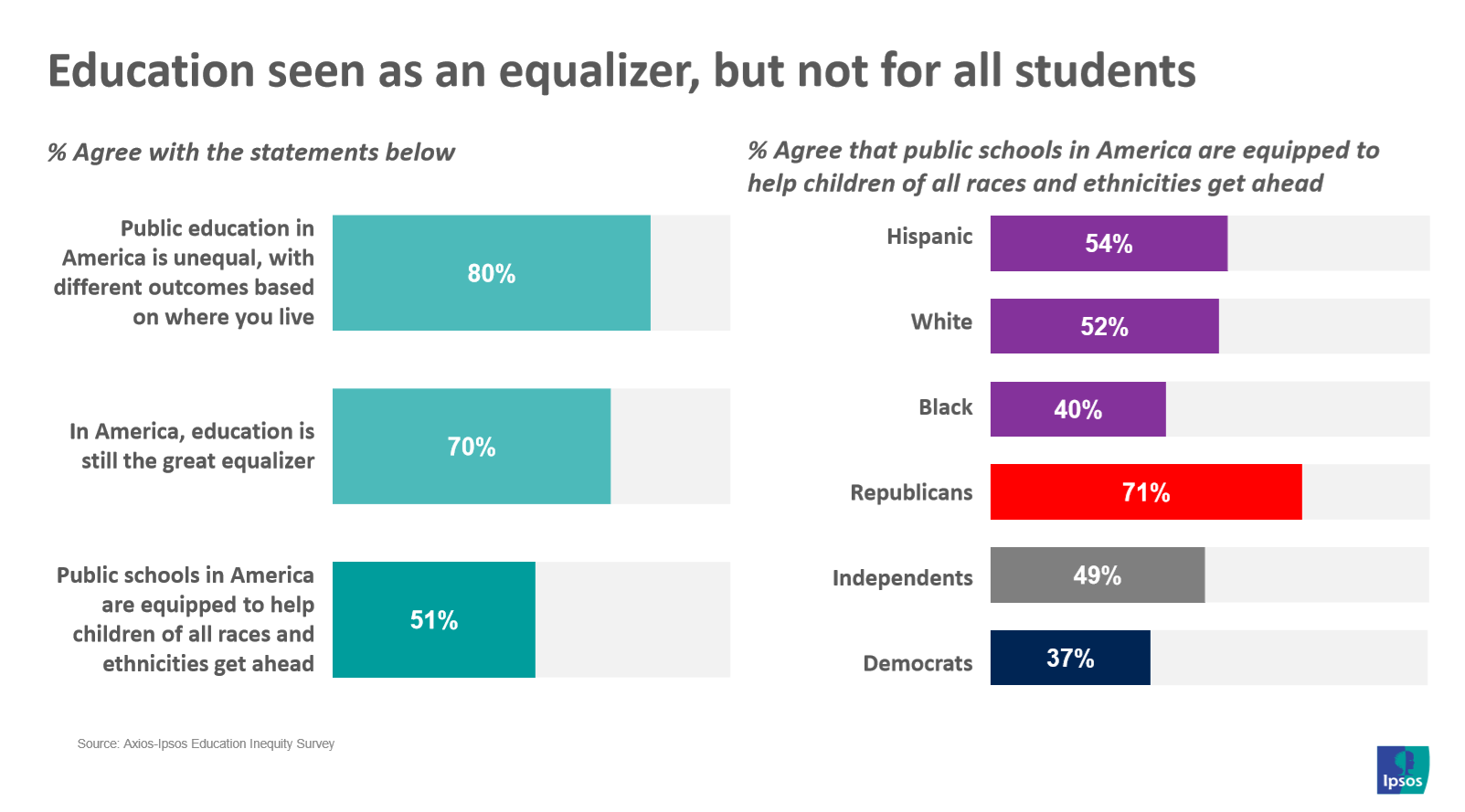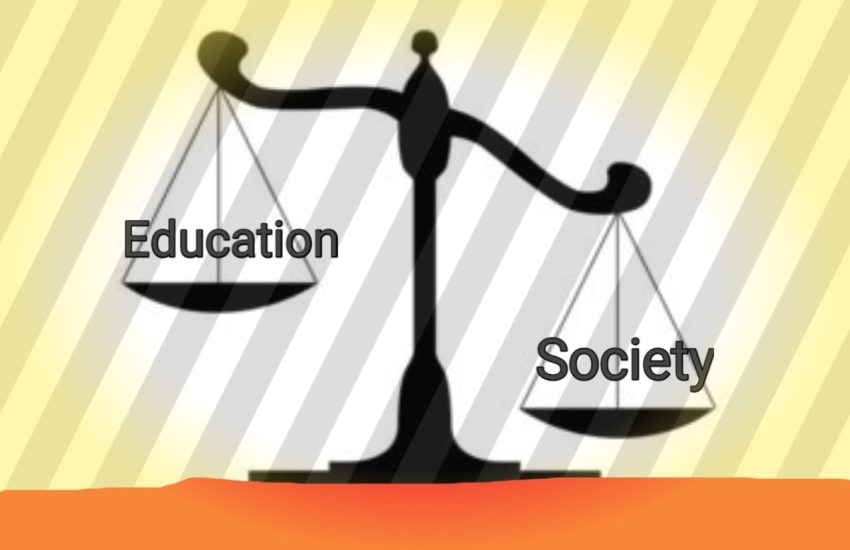The Social Impact of School Funding Disparities
In today’s world, education is considered to be the key to success. However, not all students have access to the same quality of education due to disparities in school funding. This issue has serious social implications, as it perpetuates inequality and limits opportunities for students from disadvantaged backgrounds.
The Root of the Problem
School funding disparities are often rooted in the way that education is funded in the United States. In many states, funding for schools is based on local property taxes, which means that schools in wealthy areas receive more funding than schools in poorer areas. This creates a vicious cycle where schools in disadvantaged communities struggle to provide a quality education due to a lack of resources.
Impact on Academic Achievement
One of the most significant impacts of school funding disparities is on academic achievement. Students in schools with inadequate funding are less likely to have access to quality teachers, resources, and extracurricular activities. This can lead to lower test scores, decreased graduation rates, and limited opportunities for higher education.
Research has shown that students from low-income backgrounds are disproportionately affected by school funding disparities. These students are more likely to attend poorly funded schools and face additional barriers to academic success. As a result, they may struggle to compete with their peers from more affluent backgrounds.
Long-Term Consequences
The social impact of school funding disparities extends beyond academic achievement. Students who attend poorly funded schools are less likely to develop the skills and knowledge needed to succeed in the workforce. This can perpetuate cycles of poverty and limit social mobility for generations to come.
Furthermore, school funding disparities can exacerbate existing social inequalities. Students from disadvantaged backgrounds may face discrimination and stigma due to the perceived quality of their education. This can further marginalize these students and limit their opportunities for social and economic advancement.
Solutions to Address School Funding Disparities
Addressing school funding disparities requires a multi-faceted approach that involves policymakers, educators, and community members. One potential solution is to revise the way that education is funded to ensure that all schools have access to adequate resources. This may involve redistributing funds from wealthier districts to poorer districts or implementing a more equitable funding system.
Another solution is to invest in programs that support students from disadvantaged backgrounds. This may include providing additional resources for schools serving low-income communities, implementing targeted interventions to support at-risk students, and expanding access to extracurricular activities and enrichment programs.
Conclusion
School funding disparities have a significant social impact on students, communities, and society as a whole. Addressing these disparities is crucial to ensure that all students have access to a quality education and the opportunity to succeed. By investing in our schools and supporting students from disadvantaged backgrounds, we can create a more equitable and inclusive society for future generations.


